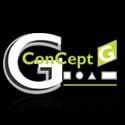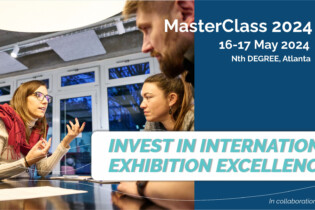We cannot attribute the invention of the first wheel to any particular country or culture, however some of the first concepts were square in shape and form. What we do know is that today, we could not perform without the wheel. The process of getting the wheel right started with early man perceiving that heavy items moved more easily if a round object was placed underneath them and then the heavy item was rolled over the round object.
Tree logs were used as the objects of facilitation, whether by a dragging method or that of a rolling over method. Wear and tear on the objects caused grooves and man perceived that the grooved objects worked well and actually took the heavy items further than originally experienced. The roller in question was becoming the wheel and with that, more grooves were introduced as the items were able to be carried much further with the grooved roller.
The difference between the early renditions and that of the final wheel concept? …. the detail.
The detail came about due to review, reflection and technical trial. In the context of the exhibition and events industry, we can draw comparisons to this early form of ‘design’. Any project in our industry starts and ends with the design. This is a complete cycle.
Gill Gibbs, CEO, ConCept G says, “An accurate and detailed drawing leads to better planning and preparation in the production phase, which results in successful realisation of the stand during the build-up phase.
“At ConCept G we schedule time to brief each project into our design studio and we brainstorm various ideas relevant to the particular project. Our design team then initiates the concept design based on the briefing, which is subsequently enhanced with research, the design team’s ‘poetic license’ and conceptual sketching. Liaison with the production team is also imperative at the design technical stage, from a structural and feasibility point of view and so begins the metamorphosis of the concept design. There are often challenges to be encountered while executing projects. At times it may be timing, or in the case of an outdoor activation, weather conditions, the lay of the land, access to the site, weight loading, transport strikes. Every project has its learnings, varying from the smallest element to that of larger concerns.
What is significant, is how the learnings are taken forward and how we evolve from that point. Andrew Gibbs MD, says, “In life, your approach is crucial and it affects every facet of your business. ConCept G has a strong ethos and vision and we simply love what we do. Paulo Coelho, The Alchemist said: ‘’Remember that wherever your heart is, there you will find your treasure. And, when you want something all the universe conspires in helping you to achieve it.”
ConCept G continuously reinvents and evolves, always keeping to the ethos and the vision of the company as the goal.
With respect to the ethos of ConCept G, going back to the analogy of the design of the Wheel, Dr Scott Simmerman, speaker and professional facilitator in the context of team building uses his “Square Wheels” material by way of a metaphor to illustrate how organisations really work.
This concept starts with a leader pulling along a wooden wagon with a rope and being pushed by people from behind. The wagon has Square Wheels and the load on the wagon comprises round rubber tyres. The concept surrounds the issues of people and performance, taking creativity, team building and communication into account. The content is extremely useful for any type of organisation as it illustrates a powerful way to involve and engage people in the interests of improving processes, implementing change and improving organisational initiatives.
Change is good and without it, in any industry, we cannot sustain. With these training initiatives, internal teams begin to reflect on the company that they represent, how things work in the company, all of which excites active engagement and instils ownership. We have found through our experience and implementation that there is less resistance from people who are asked to implement their own ideas rather than the ideas of a colleague.
It is in changing that we find purpose – Herr Kletis.







